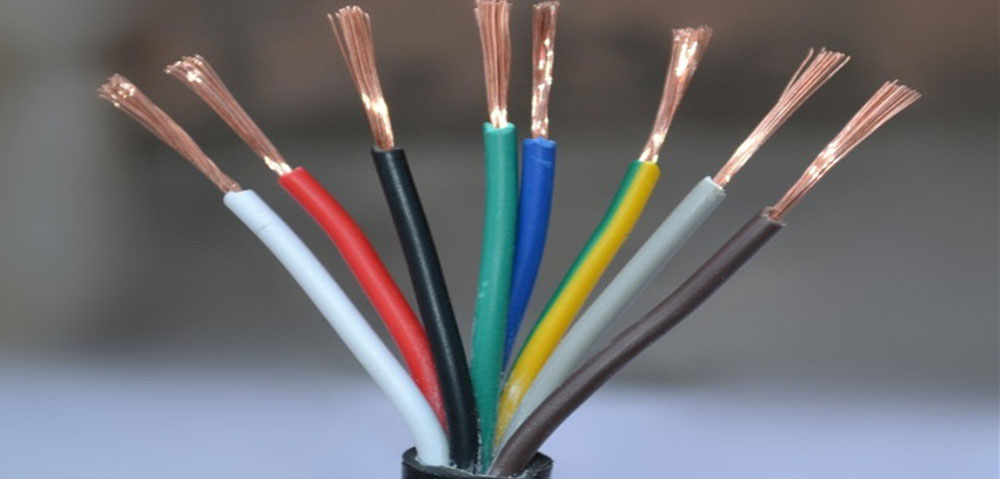Requirements For The Safe Use Of Wires And Cables

In recent years, with the rapid development of the communications industry, wire and cable products have also developed at an astonishing speed. The use of cables has also been greatly improved and is very flexible. The cable can be wound on the cable reel with a bending radius ≥20D, where D is the outer diameter of the cable. Some cables are smokeless and non-toxic when burned, and the insulating materials are "non-flammable" inorganic materials. In the combustion process, no harmful gas will be produced, nor will it cause secondary pollution. It is called an environmentally friendly green product. Security is good. In addition to the normal power supply, the fire extinguishing cable can also start fire extinguishing equipment in the flame to reduce fire losses. At the same time, it is particularly reliable for personal safety. The copper sheath is a good conductor and the best grounding wire. It extends to the full length of the cable, which greatly improves the sensitivity and reliability of grounding protection. And it has a long service life, inorganic insulating material, high temperature resistance, not easy to aging, and its service life is many times longer than that of organic insulated cables. Under normal working conditions, its service life can be equal to the service life of a building.
Safety requirements during installation:
1. When the cables cross each other, the high-voltage cables should be located under the low-voltage cables. When one of the cables passes through the pipeline protection device or is separated by a partition within 1 meter before and after the cross, the minimum allowable distance is 0.25 meters.
2. When the cable approaches or intersects the hot pipe, the minimum distance between the parallel line and the cross line is 0.5m and 0.25m, respectively.
3. When cables traverse railways or highways, pipes should be used for protection, and the pipes should extend beyond the track or road surface by more than 2 meters.
4. The distance between the cable and the building foundation should ensure that the cable is buried outside the loose water surface of the building. When the cable enters the building, pipes should be used for protection, and the protective pipe should also exceed the building's scattered water.
5. The grounding distance between the directly buried cable and the grounding device should be 0.25-0.5 meters, and the buried depth of the directly buried cable should not be less than 0.7 meters, and it should be buried in permafrost.
